An interest in our individual climates.....
rcharles_gw (Canada)
8 years ago
Featured Answer
Sort by:Oldest
Comments (28)
Kadie
8 years agoKadie
8 years agoRelated Discussions
transforming a yard into something more interesting...
Comments (20)Well, here's my hope that everything in your yard survives! I missed this post originally, but I like it. I'm still not growing nearly as much as I know could be grown in my climate, but my little plot of hardy arugula makes me happy every time I have a salad, knowing I'm eating more greens because I'm growing it, and consuming less petroleum for the same reason. Healthier for me and the earth. And each time I eat one of my own tomatoes or cucumbers or beans, I'm happy about that too, for the same reasons. I do that less, because I'm still learning and nothing is quite as easy as arugula. Another great book for gardeners, in this vein, is Animal Vegetable Miracle. Though I found her tomato sauce recipe bland, the rest of the book was great. Susannah...See MoreYellow or Green Figs for our climate?
Comments (4)I grow a variety called Verde (also called Strawberry) that has good vegetative gowth in south LA. However, it starts to ripen later than Celeste or Brown Turkey and ripens over a long period, so quite a few figs remain unripened when the days start getting to short to fully mature. But one the good side, it is the best tasting fig that I grow. It is also the only fig that I have found which will dry on the tree in this humidity (as long as there is not too much rain). It has a dark red interior. If left to dry partially or fully on the tree it actually tastes like strawberry preserves. The figs ripen slowly, only a few at a time so they are best enjoyed picked an eaten right off of the tree. If you want to make preserves, you need many trees. Birds don't bother them much since they stay green and only change to a slightly lighter green when ripe....See MoreRealtor...Does he have our best interest?
Comments (7)None of those homes are selling if they are still on the market. The correct selling price for any of them may be thousands less than they are asking. Only a realtor who does a competent market analysis using sold homes can help you to price your home. But, if the one realtor is suggesting that you price your home the lowest of the bunch that are for sale in your unit, then that realtor probably understands the urgency that you will need to have in actually selling. If you want to sell, price it lower than any of the comps and sell it, not at around what other people are asking and NOT selling. Otherwise, you're likely to be on the market for months chasing it down one price reduction at a time. Price it aggressively from the beginning if you actually want to be in that new home....See Moreroses on clay vs sand in hot climates and cold climates
Comments (51)Came back to this thread to check on Comte de Chambord, yes, Val grows it, and I agree that needs loamy soil, lots of rain, and healthier if alkaline. Comte is rooting easily in my wet baggie, and rooted easily in heavy out-door rain, while other cuttings rot. Comte has aggressive root and can root easily in alkaline sand, but I need to make my rooting-medium more acidic for the cuttings which are harder to root. Pink Pet definitely likes dry/loamy soil and warmer climate (Val's pic. is awesome). But died in my soaking wet clay last winter....See Moreladylotus
8 years agoKadie
8 years agolast modified: 8 years agoJericson Pastor
8 years agolast modified: 8 years agorcharles_gw (Canada)
8 years agoJericson Pastor
8 years agolast modified: 8 years agoaddicted2plants Southern IL USA
8 years agorcharles_gw (Canada)
8 years agoaddicted2plants Southern IL USA
8 years agorcharles_gw (Canada)
8 years agoaddicted2plants Southern IL USA
8 years agoNicholas C.
8 years agolast modified: 8 years agoCynthia Curry Russo
8 years agoNicholas C.
8 years agoaddicted2plants Southern IL USA
8 years agorcharles_gw (Canada)
8 years agoMarie Tran
8 years agoCynthia Curry Russo
8 years agoaddicted2plants Southern IL USA
8 years agoStuart( Paramaribo, Suriname) Hofwijks
8 years agoPhil UK zone 8b
8 years agolast modified: 8 years agokerryblue25
8 years agoPagan
8 years agomaddisonp45
8 years agorcharles_gw (Canada)
8 years agomaddisonp45
8 years ago
Related Stories
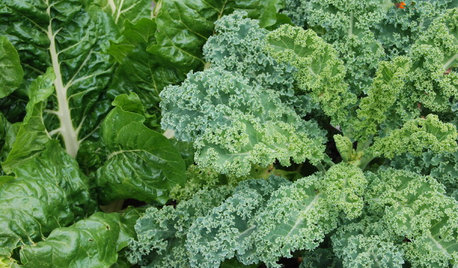
FALL GARDENINGFrost-Hardy Foliage That Loves a Cold-Climate Garden
When winter cuts a bleak swath through other plants, these edibles and perennials flourish brilliantly
Full Story
ARCHITECTURE15 Smart Design Choices for Cold Climates
Keep your home safe and comfortable in winter by choosing the right home features and systems
Full Story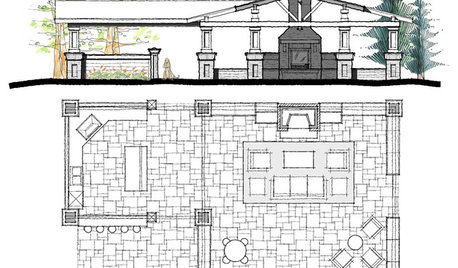
LANDSCAPE DESIGNClimate Control: Work With Nature's Elements for the Best Outdoor Space
Consider sun, wind and water where you live for a deck or patio that's as comfortable as possible all year long
Full Story
GARDENING GUIDES6 Dependable Ground Covers for Warm Climates
Swap some lawn for these drought-tolerant clumping plants — and watch your maintenance efforts diminish while they easily grow
Full Story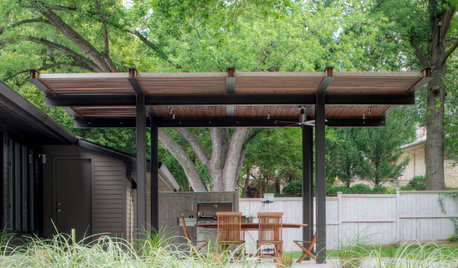
PATIOSPatio Details: A Modern Pergola Stands Up to Nebraska’s Climate
Challenging weather is no match for this family's tough but elegant-looking outdoor space
Full Story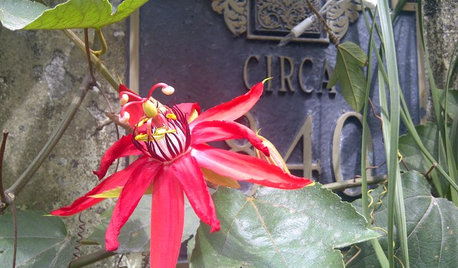
FLOWERS5 Sensational Flowering Vines for Warm Climates
Splash your garden with bright tropical color from late summer through fall with these showy trailing and climbing beauties
Full Story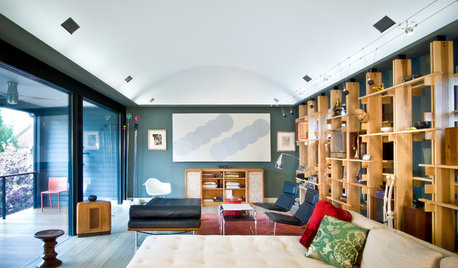
HOUZZ TOURSHouzz Tour: A House as Individual as Its Owner
Architects create a home like no other for a collector who’s passionate about books, art, literature, science and design
Full Story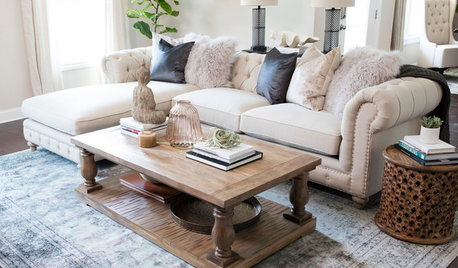
LIVING ROOMSRoom of the Day: Living Room Decor Marries a Couple’s Individual Tastes
She likes Southern sophisticated; he likes modern. See how a designer combines their favorite styles in this Atlanta space
Full Story
GARDENING GUIDES10 Cold-Hardy Succulents for Cool-Season Interest
These attractive plants shrug off colder temperatures, and many can be brought inside in containers in extra-chilly climates
Full Story
LIGHTINGMix Your Lamp Styles for Major Interest
Unpair those light fixtures for unrivaled personality and appeal. Here’s how to do it right
Full Story


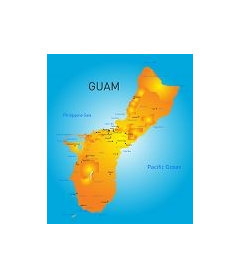

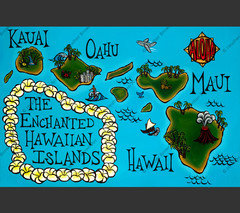
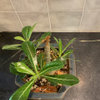
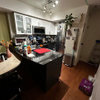
rcharles_gw (Canada)Original Author